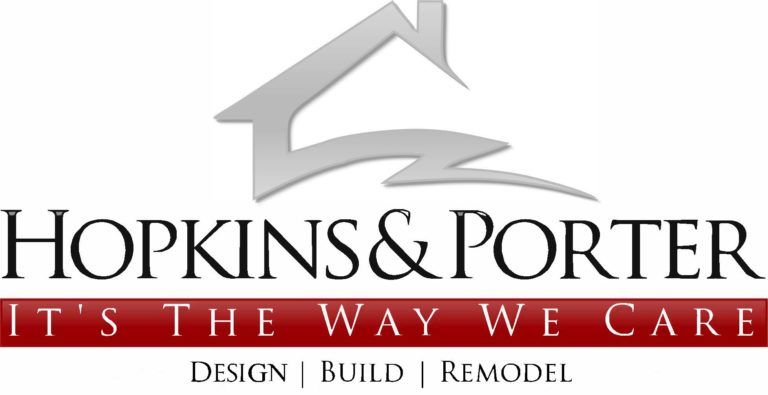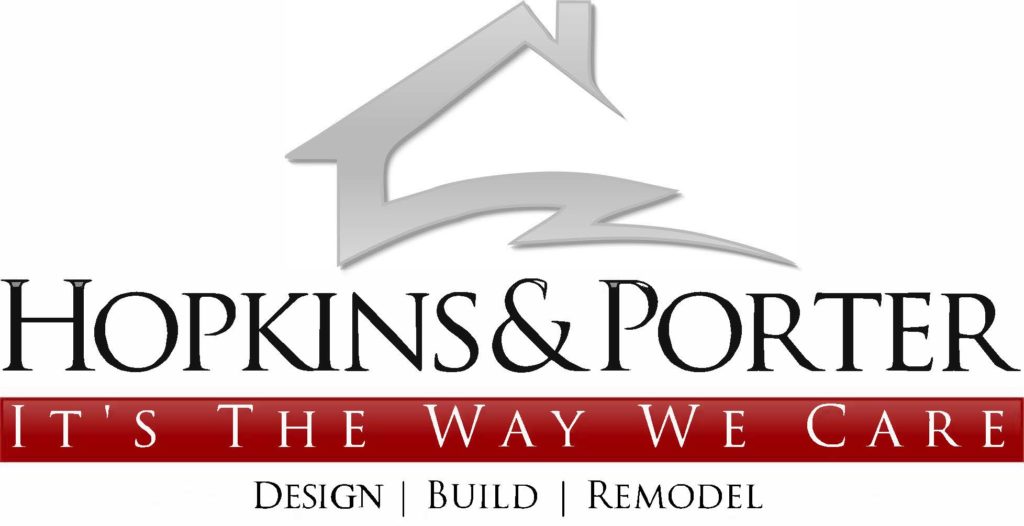Over 70% of homeowners in the U.S. will do remodeling and home improvement projects this year. And with the housing market rebounding, people aren’t just doing these projects for their own taste. According to research conducted by Houzz, American homeowners are making 47% more improvements than last year with the specific goal of selling their homes.
Renovating to sell can be a tricky business, since it requires being smart about what will provide the highest return on investment. But done right, it can drastically increase home value and the cash that ends up in your pocket someday. Even if you’ve decided to build a new home, you should be thinking about how this renovation and sale market applies to you. Very few people want to live in the same house forever, and with a house being a significant asset — probably the greatest one you’ll ever have — it’s common sense to make sure your custom home design will hold its value. Here are three things to avoid in a building or renovation project if your goal is long-term cost effective home building:
1. Builder-Basic Styling
Custom home designs need to look just that: custom. Resist the urge to save a little cash here and there by using cheap materials and fixtures. The rooms where this will show the most is in the kitchen and bathrooms; gourmet kitchens and spa bathrooms are now considered showpieces, and buyers will demand them if they’re going to pay top dollar. It’s also good to keep in mind that since kitchen and bathroom remodeling are pricey, choosing a classic look that will hold up over time is the best choice.
2. Too Few Beds and Baths
When you build a new home, it’s tempting to match it to your individual needs a little too closely. Instead of counting up how many bedrooms and bathrooms your family wants, do some research to find out how many buyers will expect in a home the size of yours. In 2012, purchased homes had an average of three bedrooms and two bathrooms; a large and luxurious home should obviously have more. If you truly have no need for these extra bedrooms, there’s nothing stopping you from converting them to offices, game rooms, craft rooms or anything else in the meantime. But making sure that they could be listed as bedrooms — meaning they each have a window and a closet — and can easily converted back when it’s time to sell is vital.
3. Potential Headaches
When buyers look at homes, they don’t want to see hours of maintenance in their future: that means your beloved koi pond could look like nothing more than a headache to a prospective buyer. Pools, similarly, are often viewed as both a maintenance hassle and a safety hazard. If you’ll get enough use out of a big outdoor project to justify your investment, then by all means go ahead. But don’t expect that the lush “outdoor rooms” you see on HGTV will add their full project cost to the value of your home.
Have you ever thought about building and designing your own home? Do you have any more advice for people who are planning to build a new home? Join the discussion in the comments.

